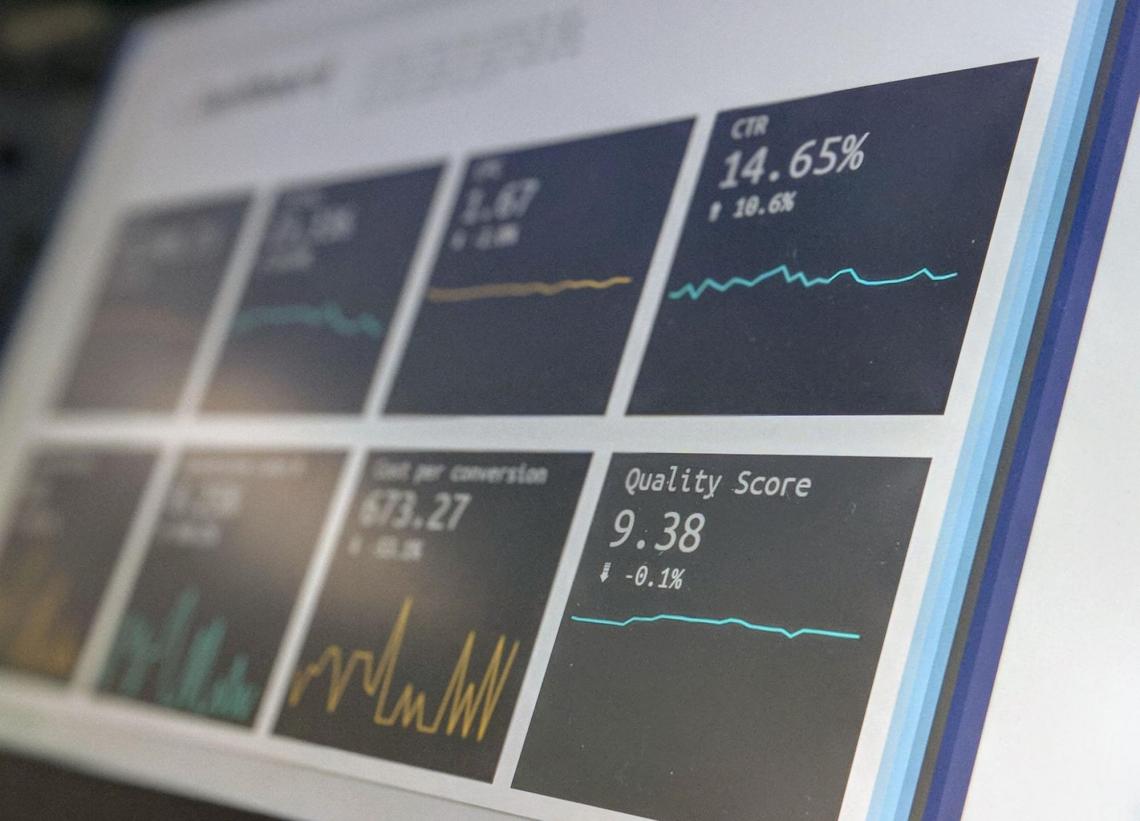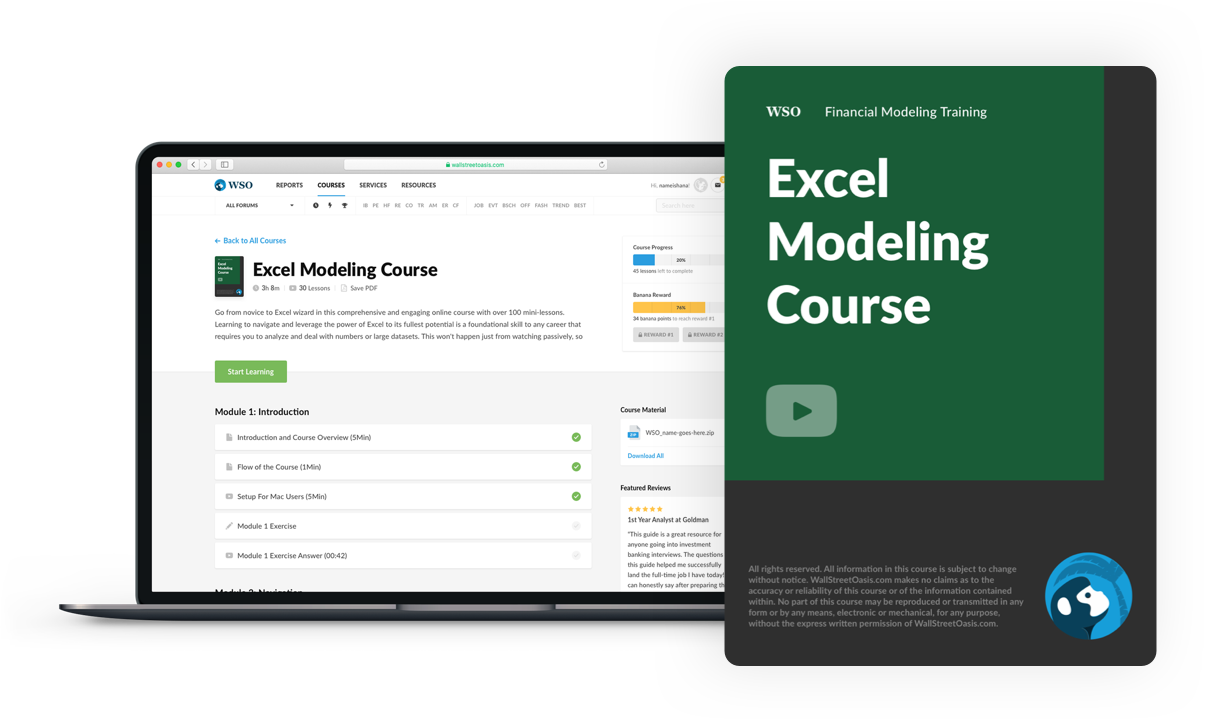
Precedent Transaction Analysis
A way to value companies relative to peer companies sold in recent M&A transactions.
Precedent Transactions Analysis is a way to value companies relative to peer companies sold in recent M&A transactions.

Compared to Comparable Company Analysis, where publicly available data is constantly changing, Precedent Transaction Analyses are more fixed when the past M&A deal was consummated.
Precedent Transactions Analysis examines the industry's recent public or private M&A transactions. It uses multiples and premiums paid to share prices as a benchmark for what the target company in question should be worth.
Comparable Company Analysis shows the current trading value but lacks a built-in control premium. Precedent transactions, on the other hand, give financial analysts a better hint of buyer sentiment and what they are paying at the end of the day.
Precedent Transaction Analyses often require some of the greatest amounts of judgment on behalf of the financial professional. Hence, this valuation method is sometimes considered an "art" rather than a science.
In this article, we'll first go over the definition of the Precedent Transaction Analysis and the idea behind the control premium and synergies. Then, we'll briefly discuss the steps involved in doing a Precedent Transaction Analysis. Next, we'll examine the pros and cons of this valuation method.
What Is Precedent Transaction Analysis?
As mentioned above, Precedent Transaction Analysis, also referred to as "transaction comps," is a valuation method that uses past M&A deals (usually no earlier than the past three years) as an indicator for the valuation of a similar business today.

The logic behind this valuation method is to find precedent transactions of companies acquired that are similar to the currently valued company.
The purpose of transaction comps is to benchmark a company's relative position within its competitive landscape to help financial analysts form a view on the valuation of the business in question.
Transaction comps share the same multiples as Comparable Company Analysis, also known as "trading comps" or "comps." Enterprise Value/Revenue, Enterprise Value/EBITDA, and Equity Value/Net Income are commonly used metrics, among others.
Different from trading comps, transaction comps emphasize the price paid by the buyer for a company as opposed to the traded market values of the company in terms of the basis for value comparison.
Control Premium Consideration
It's worth noting that precedent transactions generally imply a higher valuation multiple ranges than trading comps. One of the primary drivers of this disparity is the control premium.

The control premium arises from the purchase of majority control, which is greater than 50% of a business.
Buyers might want to pay a control premium to secure the right to make decisions regarding a company's operations or business model, which would impact its cash flow profile.
Therefore, transaction multiples and premiums are paid to give analysts a yardstick of what a buyer should expect to pay to have the privilege of gaining control of a company based on precedent transactions from the recent past.
Premiums paid for public companies are greater than 25% over the business's current market value, a general theme in precedent transactions.
Synergies Consideration
Synergies are another contributor to the premiums paid in M&A transactions. Strategic buyers can absorb the cost of the control premium by realizing the potential synergies.

Synergies are potential cost savings, growth opportunities, lower costs of capital, or other benefits resulting from the combination of two companies.
In other words, synergies refer to expected incremental cash flow and earnings that the buyer intends to derive in the future but beyond what the buyer could generate on its own.
Prices and valuation multiples can be impacted by the buyer's opinion of the probability of achieving potential synergies. The timing and size of synergies and dis-synergies, which are adverse merger effects, will impact the deal price paid.
It's worth noting that synergies are more relevant for strategic buyers than financial buyers such as private equity shops. Nonetheless, sometimes private equity shops will contain a portfolio of similar companies where there may be some synergies.
Moreover, synergies are not always disclosed. When they get reported, they are unveiled differently – they may be stated as dollars or a percentage of the target's revenue or bottom line, etc.
Precedent Transaction Analysis Process
Three general components are involved in how to do transaction comps from a very high level. Let's have a quick rundown of them before jumping into the more detailed steps below.

First, analysts must select precedent transactions to be compared to one another. This part generally involves considerations like what precedent transactions have occurred, what type of buyer acquired, what type of seller, etc.
After selecting precedent transactions, analysts would then calculate multiples for deals based on the transaction offer and several financial metrics they can uncover.
Lastly, once obtaining the multiples, analysts can apply the target company's financial metrics to the range implied by the precedent transaction multiples to derive a range of valuations for the target company. Let us take a closer look at the more detailed process below.
Below are the five steps to perform transaction comps:
1. Find Previous Deals
Finding and selecting previous deals is critical to the foundation of a meaningful Precedent Transactions Analysis. To complete this step, analysts must first identify similar companies sold in M&A deals within the past few years.

Sometimes there are specific cut-off dates over which analysts would want to select comps, and there are dates outside of which are considered too far from the present.
Some industry screening tools and databases that can help with this step are
- Bloomberg
- Securities Data Corporation (SDC) database
- FactSet
- Capital IQ
- Public available documents (e.g., Fairness Opinions).
After selecting a wide range of deals, analysts would start to narrow the range by examining the criteria of these similar companies. Then, select companies with similar financial characteristics to the business in question to get the best final result.
Some criteria to be considered are
- Business & Industry
- Business Size (i.e., market cap, revenue)
- Sales Growth Rates & Profitability Margins
- Capital Structure
- Geographic Location of Operations
- Type of Buyer (strategic buyers vs. financial buyers)
- Deal Process (negotiated sales vs. auctions)
2. Review (Locate Relevant Financial Data)
Next, analysts would locate and analyze relevant financial data and deal structure information on each M&A transaction.

Below are some financial data commonly inspected:
- Equity Value (based on offer share price and diluted shares outstanding
- Enterprise Value (based on equity value plus net debt)
- LTM (Last Twelve Months) and NTM (Next Twelve Months) financials of the target
- Financing Methods
Obtaining information on comparable deals is much easier for M&A involving public companies, whereas it can be difficult to find complete financial data for private transactions in many cases.
3. Spread Key Financial Metrics
Once analysts acquire the financial information, they will spread the key metrics. This means they will calculate enterprise values, equity values, and multiples using the data they have pulled.

It's important in this step to pay attention to the trends in terms of growth rates, profit margins, and deal dynamics. In addition, it's also crucial to note that the difference between transaction and trading comps may be indicative of the control premium.
Commonly, Precedent Transactions Analyses would value companies much higher than if these companies were just publicly traded on a stock exchange.
4. Benchmark Peer Group
Once analysts spread key financial metrics, they would benchmark the peer group. Then, they would analyze the relative positioning of the target company to the rest of the precedent transactions on a valuation basis. Analysts would also consider relative ranking and closest peers.

Sometimes analysts would cherry-pick a few peers from a large set of precedent transactions that they think are very close to their representative target that they are valuing.
5. Assess Valuation
Lastly, analysts would assess valuation by examining a mean or a median of the transaction multiples and looking at the high. Low ends of ranges to figure out why that may be the case, as high and low multiples can serve as potential ceilings or floors for the current target.
Analysts must rely upon the closest comps as guideposts. For example, rather than taking a very robust, large data set of precedent transactions, it's the best practice to have two or three highly representative recent transaction comps.
Pros & Cons of Precedent Transaction Analysis
Even though transaction comps take advantage of publicly available information, the quality and amount of the disclosed precedent transactions data are sometimes limited.

This can make the valuation process difficult, especially when comparing market conditions between previous and current transactions. In addition, direct comparisons can be difficult as every transaction is different.
However, Precedent Transaction Analysis offers a general evaluation of the market's demand for a specific asset and a rough estimate of how much the asset is worth. However, one should always take the valuation from this method with a grain of salt.
Again, transaction comps are often considered an "art" rather than science, as many variables exist (like competitor size, market demand, business cycle, etc.).
As a result, transaction comps usually require some of the greatest amounts of judgment on behalf of the financial professional.
Pros of Transaction Comps:
- It's a relatively easy analysis based on real market data.
- It provides multiples that previous companies have been willing to pay in real-life deals as opposed to traded multiples determined by supply and demand pressure.
- It can unveil valuable information, including industry trends and potential buyers and sellers.
- It provides an M&A landscape from a historical perspective and is helpful in M&A negotiations.
Cons of Transaction Comps:
- Publicly available information from industry and new sources are limited.
- Financial data obtained may vary widely, reducing the summary metrics' usefulness.
- It includes a control premium in the price when the company was acquired.
- Other factors, such as synergies, may affect the multiples.
- It isn't a perfect valuation method, as companies are very different from one another.
- Market conditions during the acquisition could be very different from now.
- Precedent Transactions Analysis is a way to value companies relative to peer companies sold in recent M&A transactions.
- The purpose of the analysis is to benchmark a company's relative position within its competitive landscape to help financial analysts form a view on the valuation of the business in question.
- Premiums paid for public companies are often 25% above market values.
- Synergies should be compared across precedent transactions to provide greater context to each deal.
- The steps to perform transaction comps are as follows:
- Find Previous Deals
- Locate Relevant Financial Data
- Spread Key Financial Metrics
- Benchmark Peer Group
- Assess Valuation
- To get the best final result, it's crucial to select recent deals (ideally within less than a year) and to pick companies with the most similar financial characteristics to the business in question.
- Transaction comps are often considered an "art" rather than science, as there are so many variables to factor in, and it usually requires some of the greatest amounts of judgment on behalf of the financial professional.
- The quality and amount of the disclosed precedent transactions data are sometimes limited. This can make the valuation process difficult, especially when comparing market conditions between previous and current transactions.
- When estimating a baseline valuation of a business, transaction comps are a good tool as it gives a general evaluation of the market's demand for a specific asset and a rough estimate of how much the asset is worth.

Everything You Need To Master Excel Modeling
To Help You Thrive in the Most Prestigious Jobs on Wall Street.


or Want to Sign up with your social account?